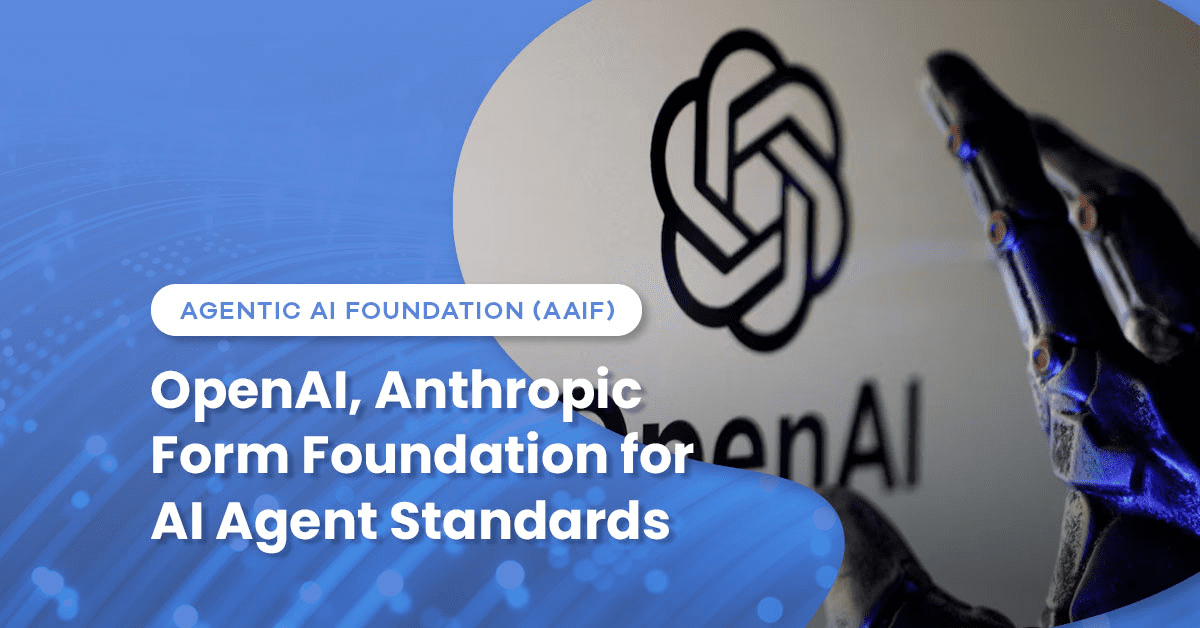Generate cash from your past and future investments to develop or improve software.
If your company has paid for software to be developed or improved in the U.S., you may be eligible for federal and state R&D tax credits equaling up to 25% of qualified spending. If your company is financing such activities outside of the U.S., the incentives may be even greater.
These dollar–for–dollar offsets against regular income tax liability have enabled many startup and mature businesses in the technology industry to hire additional employees, invest in new technologies and finance other business objectives.
You can benefit from R&D tax credits even if you’re not paying taxes: many states will pay you the value of your credit or allow you to sell or transfer it for cash, and state and federal credits may be carried back to earlier—and forwarded to later—tax years.
Is Your Technology Company Eligible?
Your company may qualify for R&D credits if you pay the following types of employees or contractors to develop or improve your software:
- Software Engineers
- Software Developers
- Software Programmers
- Software Architects
- Applications Engineers
- Hardware Engineers
- Engineering Technicians
- Control Systems Engineers
- Applications Engineers
- Systems Analysts
- Network Engineers
- Database Architects
- Analytics Engineers
- Product Engineers
Which Activities Qualify for the R&D Tax Credit?
Examples of qualifying activities include:
- Software for sale
- Software for use within your company
- Initial releases of application software
- Algorithms written for fundamental, basic or underlying computer processes, e.g., new or improved methods of sorting, searching, data compression
- Architectures
- Database management techniques
- Software systems
- Software developed as part of a hardware product wherein the software interacts directly with that hardware to make the hardware/software package function as a unit
- Compilers, e.g., activities regarding process scheduling and memory management designs, and instruction execution optimization
- Operating systems
- Specialized technologies, e.g., image or signal processing, artificial intelligence, speech recognition
- Mobile applications
- Video games
- Artificial Intelligence
- Virtual Reality
- Augmented Reality
Your efforts do not have to succeed to qualify for the R&D tax credit. And you don’t have to be trying to revolutionize the industry to qualify. Attempts to develop incremental, evolutionary product and process improvements are eligible, as well.

 Previous
Previous






